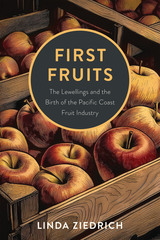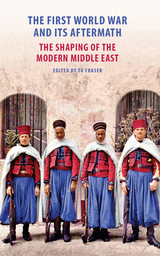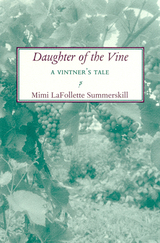
Buy land, girl, buy land. You will never go hungry if you have land, advised Mimi LaFollette Summerskill's grandfather. So she and her husband John purchased a 30Ðacre farm just north of Princeton, New Jersey. After an initial try at cattle farming, the novice farmers decided to try their hands at wine making. Literally. In the spring of 1979, the family planted 2,000 Seyval Blanc seedlings. After months of research, soil testing, charting weather patterns, pruning, fertilizing, picking, pressing, filtering, bottling, and labeling, the LaFollette Vineyard and Winery was born.
Learning the ins and outs of actual wine making turned out to be one of the smaller difficulties the family faced. Until the passage of the Farm Winery Act of 1981, only seven New Jersey farms were licensed to operate a winery. Once that hurdle was passed and the vineyard duly licensed by the state, the federal government stepped in. The Summerskills had to pass inspection by the Bureau of Alcohol and Firearms for a federal license. Then the family had to save their farm from the New Jersey Department of Transportation, who planned to run a major highway right through the vineyard.Learning each and every step along the way, the Summerskills produced success. Today, people around the state enjoy the fruits of the Summerskill's labor.
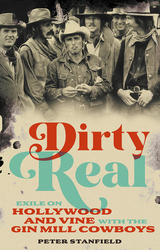
This is the tale of how Hollywood, inspired by the success of Easy Rider, sold a cycle of films as the new dirty real. Dennis Hopper, Peter Fonda, Monte Hellman, Jack Nicholson, Kris Kristofferson, and Sam Peckinpah, among others, parlayed a nostalgia for the gutter and donned bohemian personae, pulling on soiled shirts and scuffed boots to better counter the glamour and phoniness of Tinseltown. The result was a generation of movies, including The Hired Hand, Five Easy Pieces, Two-Lane Blacktop, The Last Picture Show, and Pat Garrett and Billy the Kid. With great care for the historical record and displaying a refined critical acuity, Peter Stanfield captures that pivotal moment when Hollywood tried to sell a begrimed vision of itself to the world.
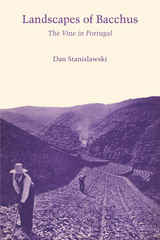
In a country of disparate parts and of long, unbroken historical experience, there may be one dominant feature, a clue to the character of its regions. In Portugal the vine serves as this clue.
The vine has been an important aspect of the Iberian landscape since prehistoric times, and farmers still use Roman methods of cultivation that have been adapted to regional physical conditions and to socioeconomic structure. Southern Portugal today is almost vineless, but in the north three areas can be distinguished by their vine forms and their products. Dan Stanislawski examines these areas in detail.
High tree-vines surround plots of grain in the Minho Province. The grains and the slightly acid Green Wines provide subsistence and cash for the densely settled area of owner-operated small farms.
In the hanging garden terrace of the Douro, vines grown on tawny, baked schist slopes yield world-famous Port Wine, a product that must conform to strict quantity and quality controls supervised by the central government.
Mature table wines are produced in the Dão, an isolated cul-de-sac where cordons of vines are planted on small, individually owned plots. Control of wine-making is exercised by a central governing group and by producers’ cooperatives.
Various wines originate in central Portugal. The lesser demarcated zones of Setubal, Colares, Carcavelos, and Bucelas yield fine wines. In other parts of the central region several wine types are produced in bulk. Some are used for blending and some for aging into quality table wines, but none is distinguished as a wine whose character is derived from its geographical location.
Dan Stanislawski demonstrates that vine form differences—and differences in the resulting product, wine—mirror the Portuguese historical experience and indicate regional distinctions in Portuguese life styles.
READERS
Browse our collection.
PUBLISHERS
See BiblioVault's publisher services.
STUDENT SERVICES
Files for college accessibility offices.
UChicago Accessibility Resources
home | accessibility | search | about | contact us
BiblioVault ® 2001 - 2025
The University of Chicago Press



